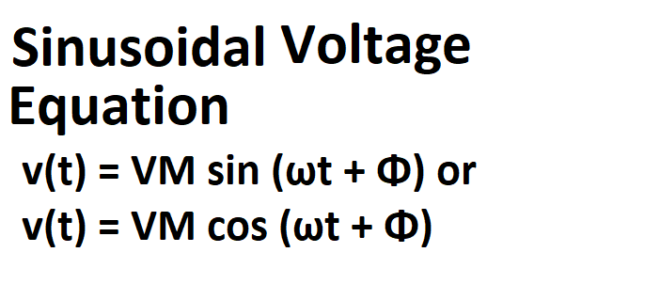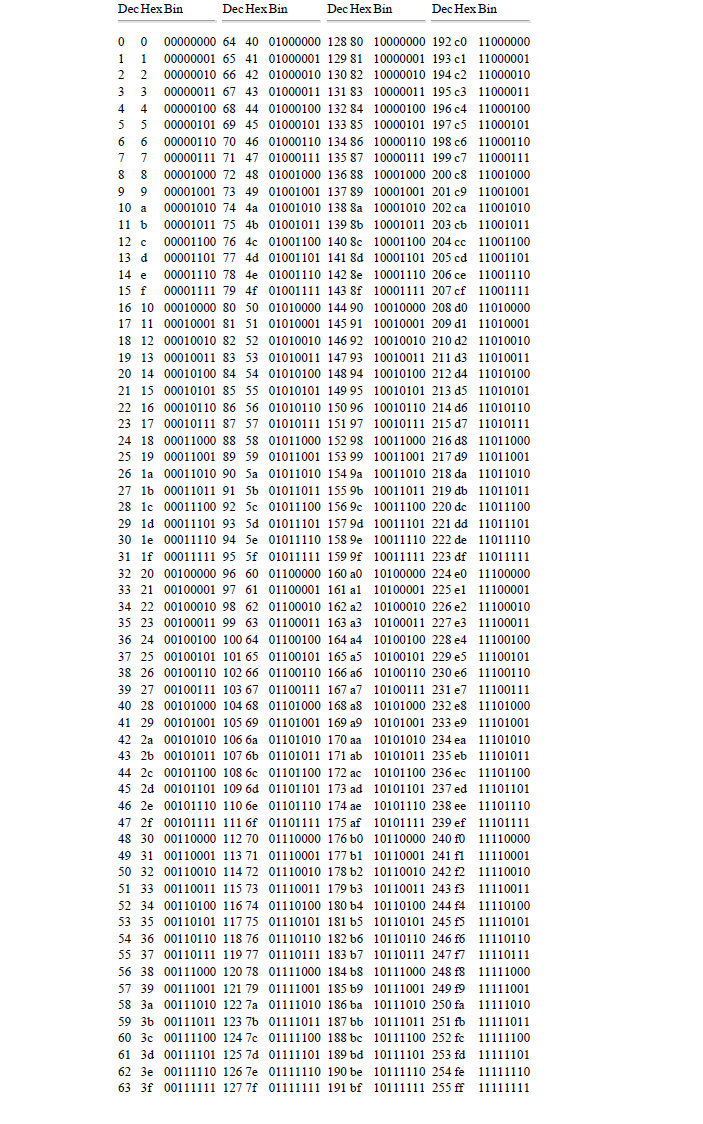The AWG – American Wire Gauge – is used as a standard method denoting wire diameter, measuring the diameter of the conductor (the bare wire) with the insulation removed. AWG is sometimes also known as Brown and Sharpe (B&S) Wire Gauge. The
Read More
If you want to know what is diameter of a wire with respect to the square mm size and the weigh as well, you can use below given tables to convert between wire square mm and diameter mm and to know the
Read More
A sinusoidal voltage can be described by the equation: v(t) = VM sin (ωt + Φ) or v(t) = VM cos (ωt + Φ) where v(t) Instantaneous value of the voltage, in volts (V). VM Maximum or peak value of the voltage,
Read More
Below is a complete table that can help you understand the relation between decimal to binary and binary to decimal conversion. This table also includes the equivalent values of hexadecimal numbers. You can search our website for more detail on this topic,
Read More
Conversion from decimal number to binary number system is also essential to represent real-world quantities in terms of Binary values. The Sum-of-weights and repeated division by 2 methods are used to convert a decimal to Binary number. Sum of Weights Method The
Read More
This page provides multiple choice questions related to algorithmic state machine. The correct answers are given at the end of this page. MCQ 1: State box without decision and conditional box is A. ASM block B. defined block C. simple block D. both a and b MCQ 2: ASM chart resembles
Read More





